Learn how you can fragment shapes in PowerPoint 2013 for Windows. The Shape Fragment command create new shapes from existing shapes that overlap or surround each other.
Author: Geetesh Bajaj
Product/Version: PowerPoint 2013 for Windows
OS: Microsoft Windows 7 and higher
PowerPoint 2013 for Windows provides so many new features, but one of them is essentially such a small addition that you may completely miss exploring it. And that would be sad because this feature can open up so many possibilities. We have already explored the Merge Shape commands—while 4 of the 5 commands within this category have been available since PowerPoint 2010 for Windows, the Fragment command is new for this version. Unlike other Merge Shape commands that retain or remove overlapping and non-overlapping areas of multiple shapes, the Fragment option discards nothing at all. In fact, its "fragments" each possible division caused by overlapping shapes and turns them into many, smaller shapes.
You can see examples of the Fragment option in play within Figure 1, below. The three examples on the top area of the slide are separate shapes placed over each other. The shapes that you see at the bottom of the slide are the same shapes with the Fragment option applied, resulting in a multiple, small shapes.
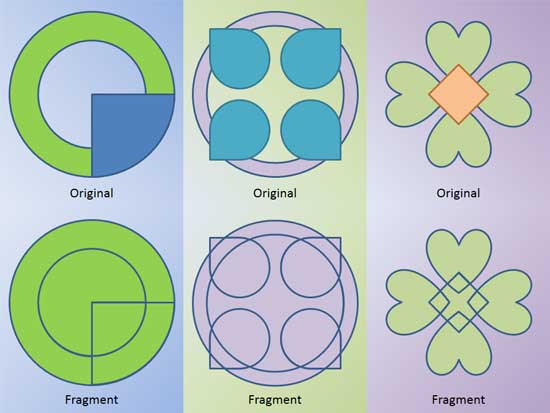
Figure 1: Fragment option creates smaller shapes
Now you really cannot make out the small shapes within Figure 1 above, since all the fragmented shapes are placed bordering each other. So we spread out all the new shapes created using the Fragment option in Figure 2, below. The graphic on the left is the result of using the Fragment option, and the graphic on the right shows the shapes separated apart so that you can see them all individually.
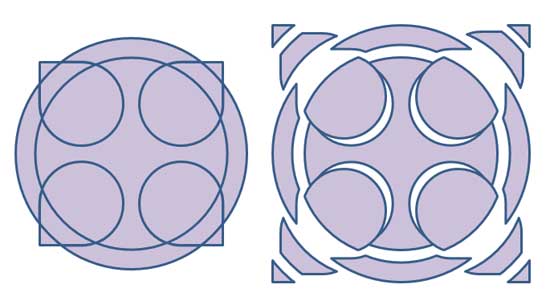
Figure 2: Fragmented shapes, separated
Here's another example: we placed three basic Circle shapes overlapping each other as shown towards the left of Figure 3, below. With these shapes selected, we could use the Fragment command that we explain later in this tutorial to create an individual shapes from the overlapped area as shown towards the right in Figure 3.
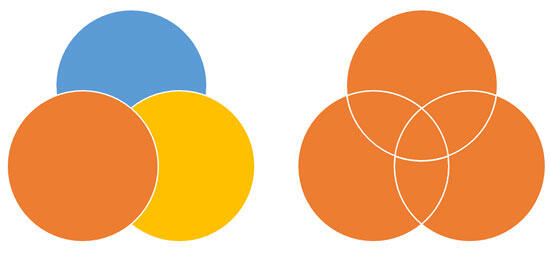
Figure 3: Sample showing use of the Fragment command
Once you finish reading this tutorial, do view the sample presentations embedded on the bottom of this page to see more samples of shapes that use the Fragment command.
Follow these steps to learn more in PowerPoint 2013 for Windows :
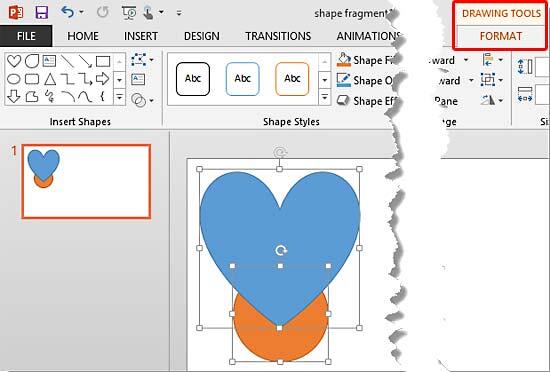
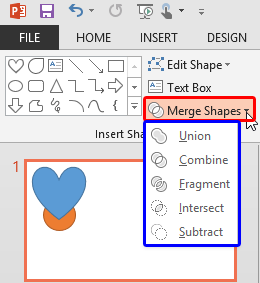
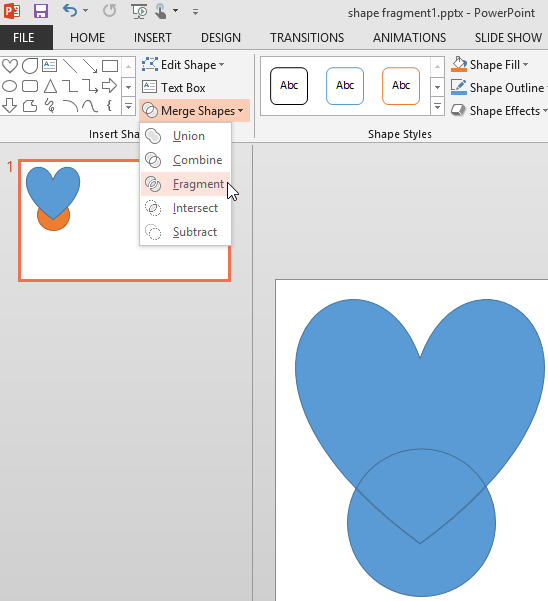
Do remember these guidelines for any tasks that involve the usage of this command. The Fragment command:
The sample presentations below show how we used different shapes placed next to and above each other, and then united.
Click below to view this presentation on SlideShare
Click below to view this presentation on YouTube
See Also:
Marge Shapes: Shape Fragment Command in PowerPoint (Index Page)
Shape Fragment Command in PowerPoint 2016 for WindowsYou May Also Like: How to Give a Short Speech at a Celebratory Festive Event | Typography PowerPoint Templates




Microsoft and the Office logo are trademarks or registered trademarks of Microsoft Corporation in the United States and/or other countries.